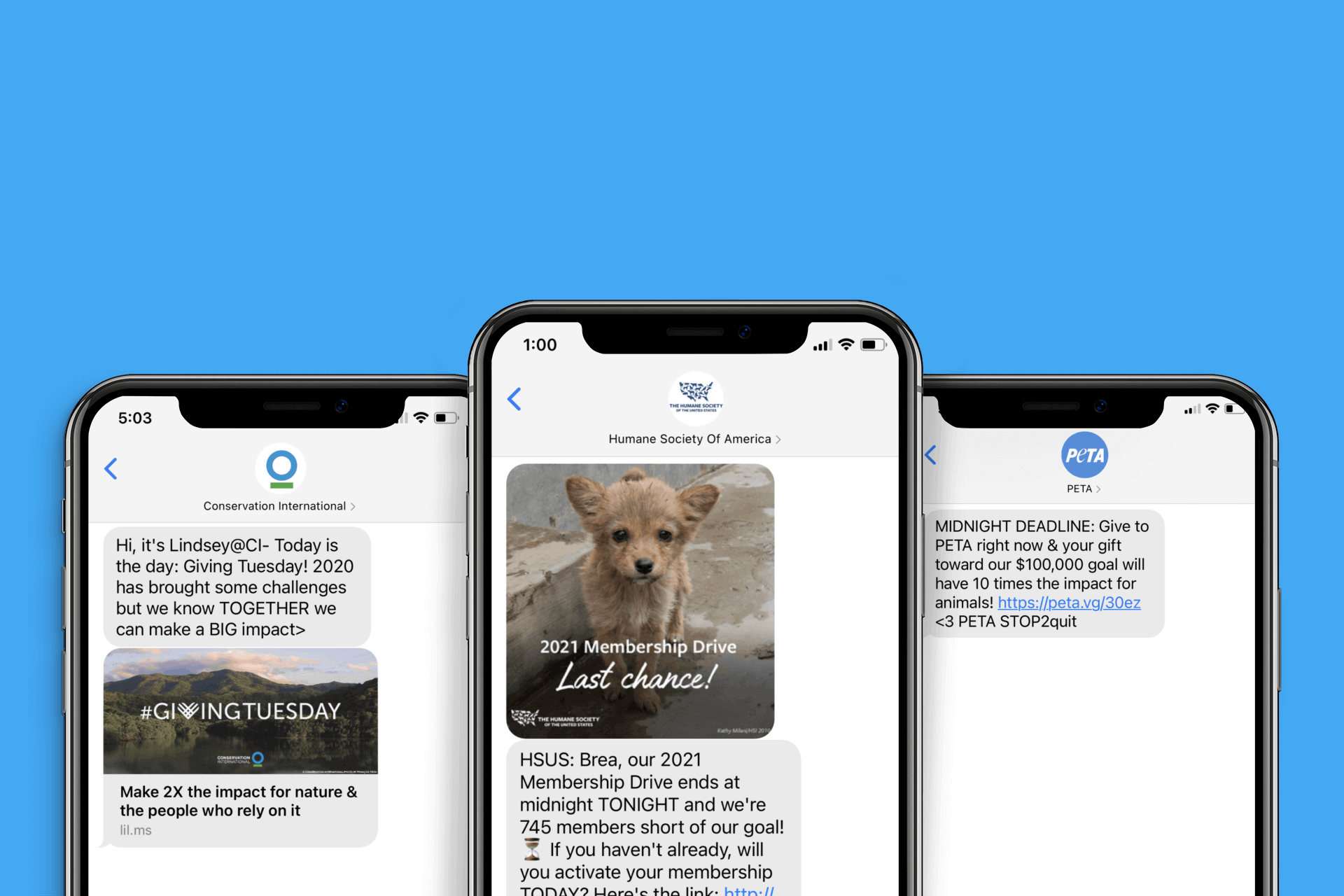Phone:
(701)814-6992
Physical address:
6296 Donnelly Plaza
Ratkeville, Bahamas.

In a world where digital communication reigns supreme, text messaging has become a powerful channel for nonprofit organizations to connect with supporters. The immediacy and convenience of SMS have transformed how charities engage with donors, making it easier to rally support and drive contributions.
As mobile giving becomes more prevalent, nonprofits integrate text-to-donate campaigns into their fundraising strategies. Keep reading to discover how text messaging is reshaping the approach to nonprofit fundraising and what this means for the future of philanthropy.
Table of Contents
Toggle
Building lasting relationships with donors is critical to a nonprofit’s mission continuity. SMS campaigns offer a unique opportunity to cultivate these relationships through continual engagement. Whether through regular updates about the impact of donations or interactive content that invites responses, text messaging creates a two-way communication channel between nonprofits and their supporters.
Furthermore, nonprofit texting has redefined the urgency and immediacy with which supporters can participate in causes they care about. Timely SMS messages about current events or emergencies can prompt instantaneous support. This is particularly effective in urgent situations where rapid response can mean the difference between a successful rescue mission or a health crisis and falling short of immediate needs.
Engagement is also enhanced by personalization, a feature readily facilitated by SMS. Nonprofits can segment their audience based on past donations, interests, or even demographics to send tailored messages that resonate more deeply with the recipient. Celebrating personal milestones with donors or acknowledging their previous contributions can create a stronger emotional connection, further encouraging loyalty and continued support.
Technology has made it possible to integrate text messaging with other fundraising initiatives. Running a social media campaign alongside an SMS drive can amplify the message and reach a wider audience. By using consistent messaging across different platforms, nonprofits can ensure that potential donors encounter the cause multiple times, increasing the likelihood of conversion from reader to contributor.

Despite the clear benefits, mobile giving presents challenges that nonprofits must navigate. Issues such as message deliverability, privacy concerns, and varying levels of technological literacy among donors can affect the success of SMS campaigns. Organizations must comply with data protection and messaging regulations to maintain donor trust and avoid legal pitfalls.
Another challenge is the need for a strong call to action. With the limited character space in a text message, nonprofits must craft compelling and concise messages that inspire immediate action. This often requires a combination of creativity and clarity to convey the urgency of the campaign and the ease with which donors can contribute.
Accessibility remains a hurdle for certain demographics. While many have access to and are familiar with text messaging, there are still segments of the population that may be harder to reach via mobile. Nonprofits must consider these populations when crafting their outreach strategy and possibly pair SMS campaigns with other engagement methods to ensure inclusivity.
Maintaining a dynamic list of engaged subscribers is a consistent challenge for nonprofits. It is a delicate dance to balance the frequency and relevance of messaging without causing donor fatigue. Organizations must employ strategic list segmentation and content variation to keep supporters interested and responsive to text message appeals.
The landscape of nonprofit fundraising is ever-evolving, and SMS will continue to play a significant role. Anticipated trends suggest that integrating artificial intelligence with text messaging could provide even more personalized engagement, crafting messages that adapt to individual donor behaviors.
Another trend gaining traction is peer-to-peer texting, where volunteers or supporters of a nonprofit send messages to their own networks. This grassroots approach capitalizes on personal relationships to expand outreach. Leveraging the authenticity and trust inherent in these personal connections could revolutionize how nonprofits engage new donors.
The marriage of mobile technology and social platforms is also an area ripe for development. As social media companies enhance their mobile giving capabilities, nonprofits will likely find new ways of embedding text-to-donate features within social content. This would streamline the process for users, allowing them to contribute without leaving their preferred platforms.
Alongside technological advancements, legal and ethical considerations regarding donor privacy and consent will shape the future of text message fundraising. Nonprofits must stay ahead of regulations and prioritize transparency and ethics in their messaging campaigns to retain donor trust.
Altogether, text messaging has revolutionized nonprofit fundraising by enhancing donor engagement and streamlining the donation process. As technology evolves, nonprofits must adapt to new trends and challenges while maintaining trust and inclusivity in their mobile giving strategies.